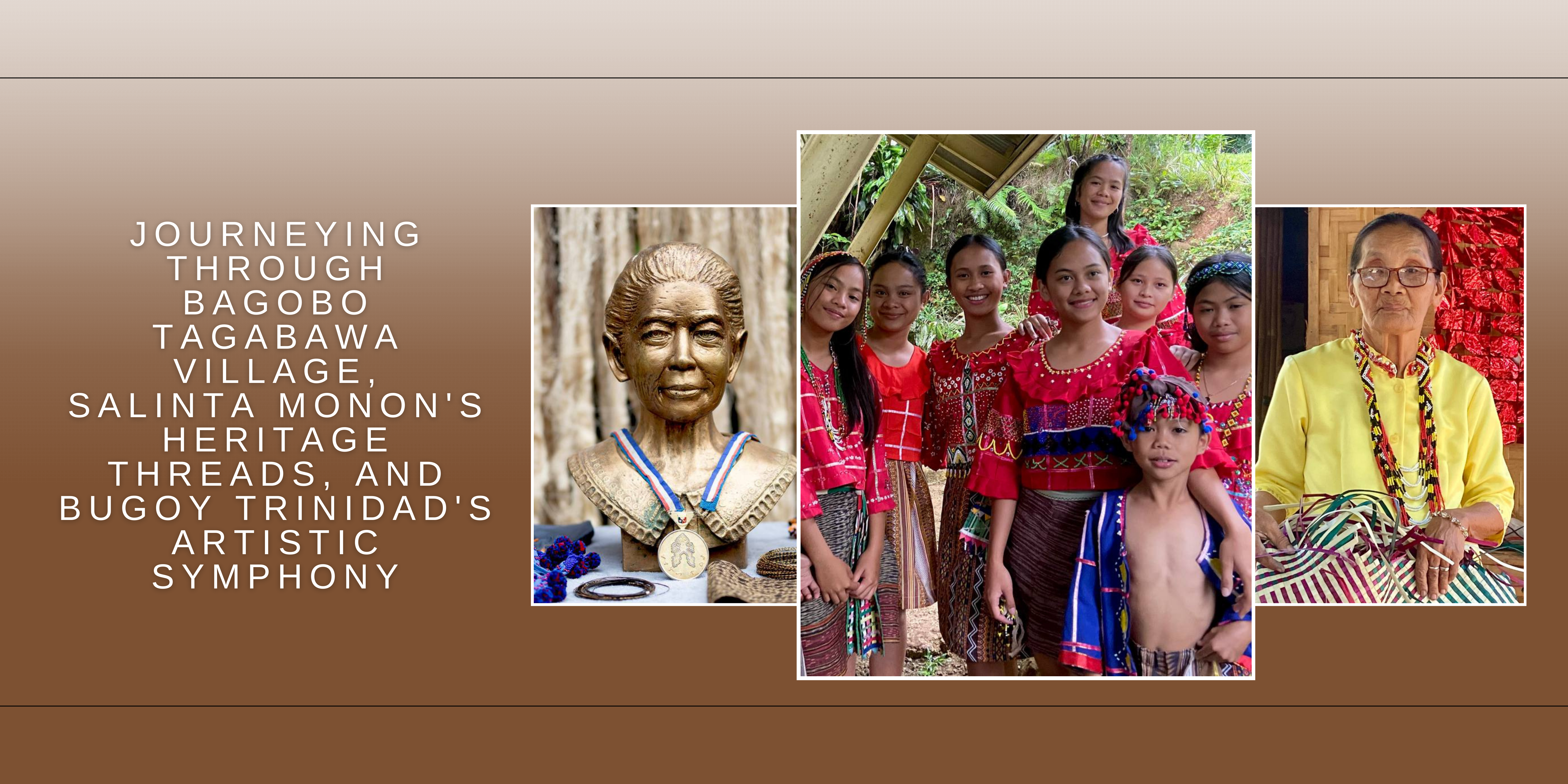
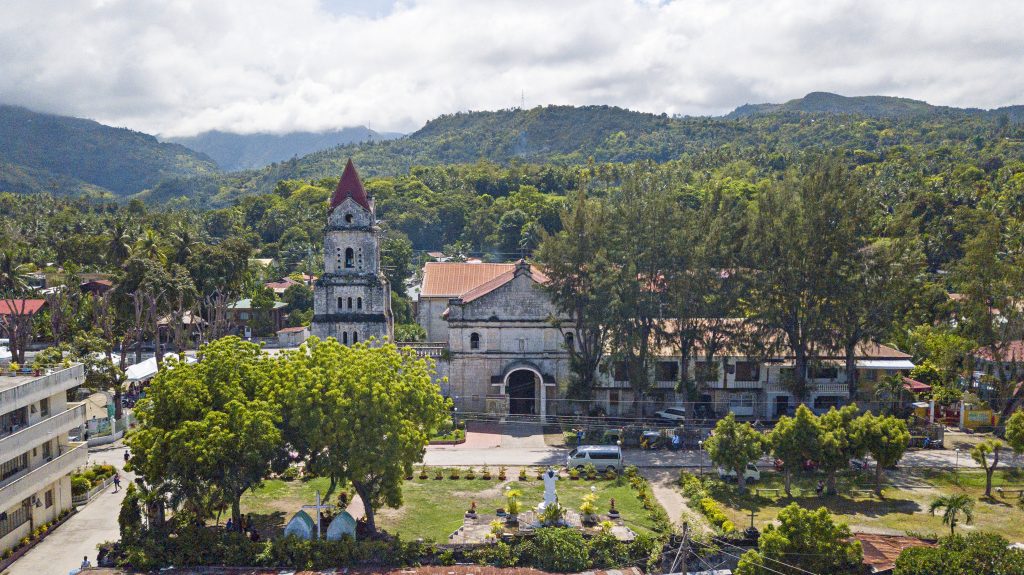
The Department of Tourism – Central Visayas (DOT7) and the Archdiocese of Cebu have created a pilgrimage to Jubilee churches in Cebu province’s picturesque southern countryside. The Southern Cebu Jubilee Churches Tour, a two-day itinerary, is especially suggested as part of the Philippines’ 500 Years of Christianity Jubilee Year.
Rev. Fr. Brian Brigoli, Chair of the Archdiocese of Cebu Commission for the Cultural Heritage of the Church, says visiting any of the 537 Jubilee churches all over the Philippines is a “special moment of grace”.
Entering through the Holy Door at five (5) of the seven (7) churches in the itinerary is a key feature of the pilgrimage.
Plenary indulgence, a special blessing for the total removal of sins, is granted with the performance of a prescribed act such passage through the Holy Door at any of 500 Jubilee Churches in the Philippines within the Jubilee Year 2021-2022, together with confession, receiving communion and praying for the Pope.
Guests on the Southern Cebu Jubilee Churches Pilgrimage visit the Basilica Minore del Sto. Nio, as well as churches at Carcar City, Argao, Dalaguete, Boljoon, and Barili, as well as the St. Gregory the Great Parish Church in Ginatilan, where San Pedro Calungsod, the second Filipino saint, is supposed to have his origins. Pilgrims will pray at the Holy Doors with their chaplain before entering the churches.
Pilgrims may gain indulgences until December 31, 2022 by virtue of a decree issued by the Pope. It will be another 25 years before the Jubilee Doors will be opened once again.
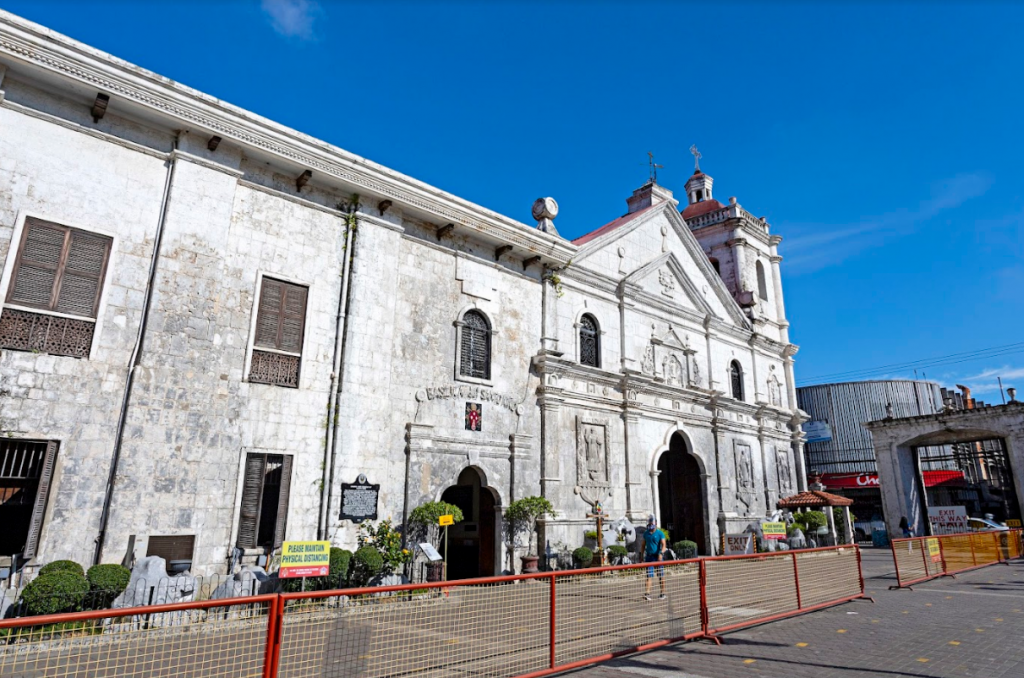
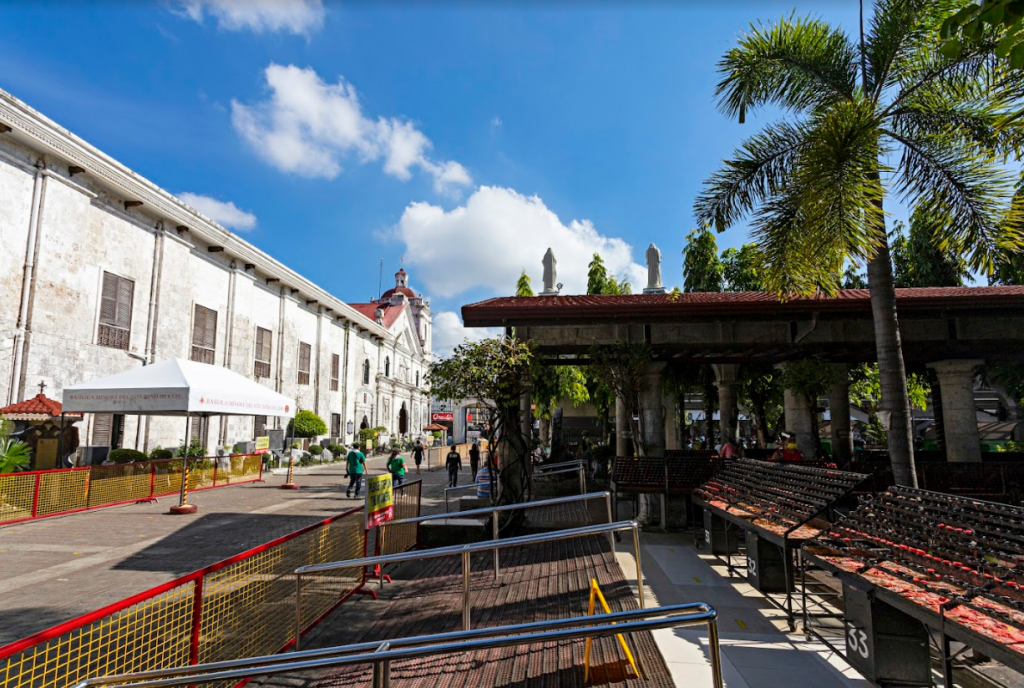
The tour begins at the historic Basilica Minore, which is the focal point of the 500th anniversary of Christianity in the Philippines. The church is the country’s oldest, as well as the only basilica in the Visayas and Mindanao. The party attends Mass at the Basilica and visits the Sto. The Nio Pilgrim Center, as well as its museum.
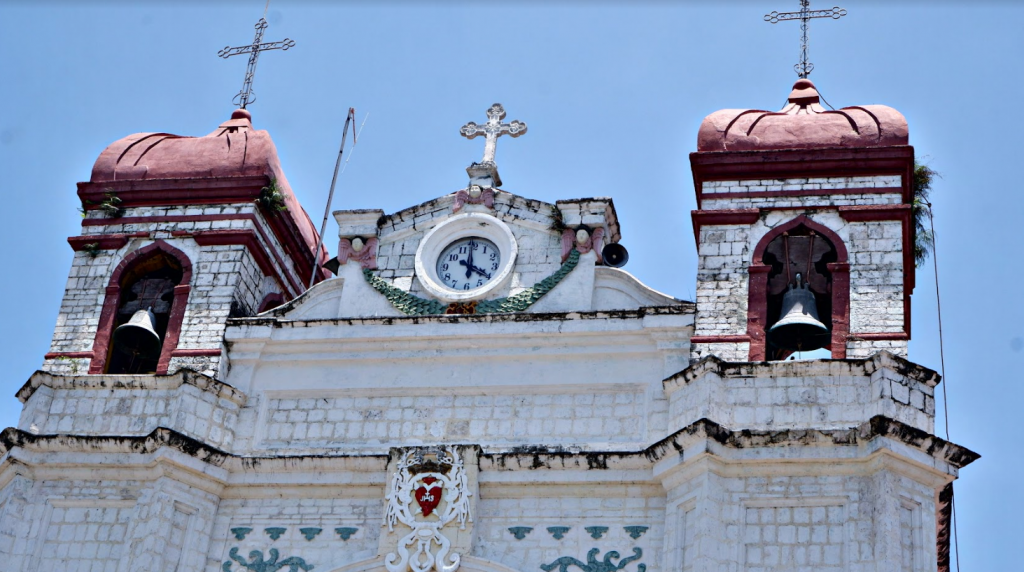
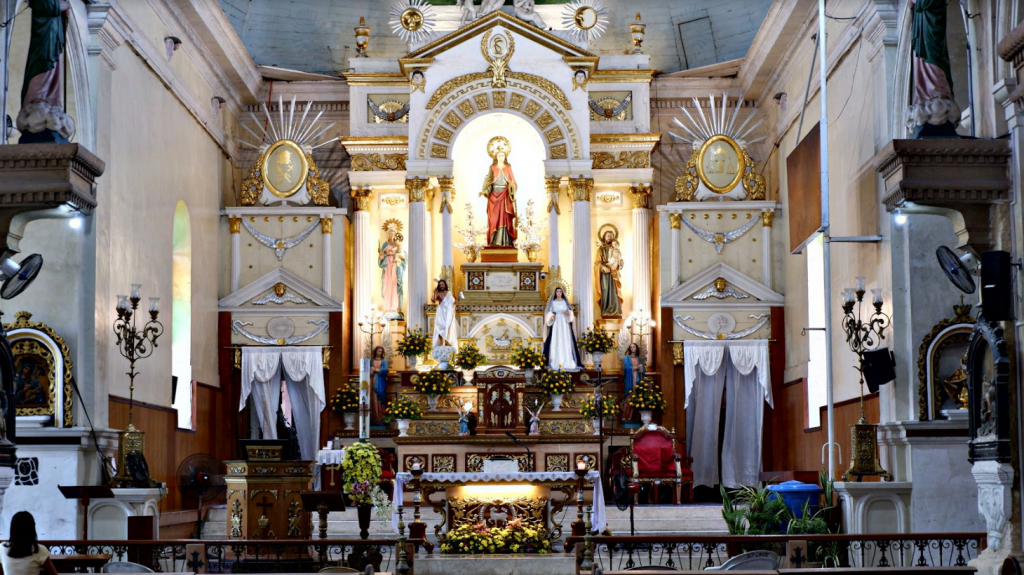
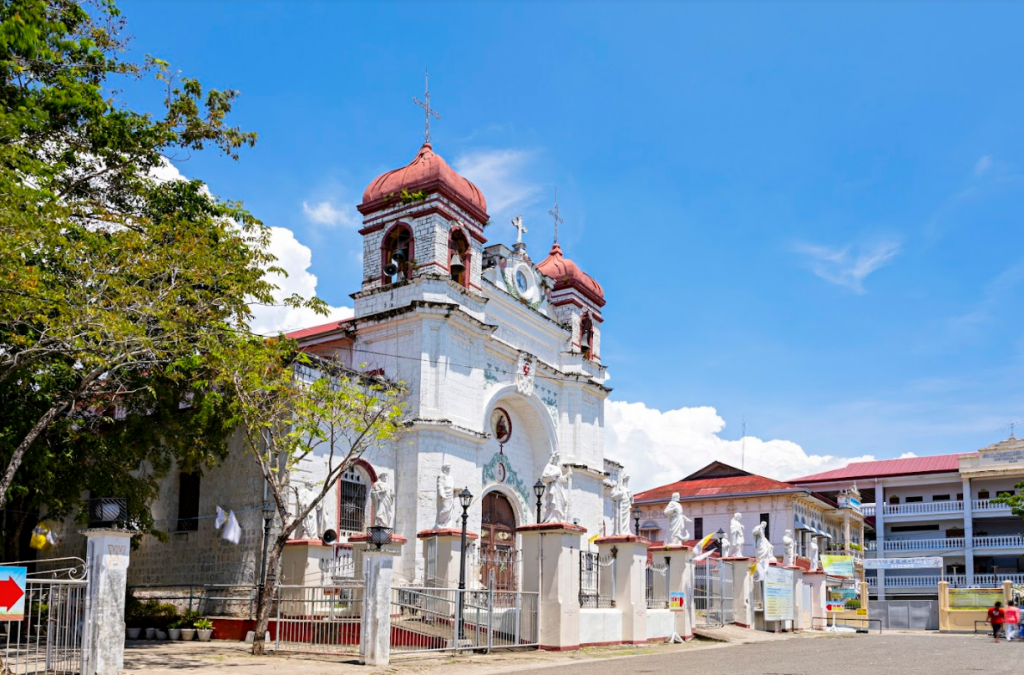
The Archdiocesan Shrine of St. Catherine of Alexandria in Carcar City is one of the province’s best-preserved heritage churches, with Byzantine-influenced architecture and Moorish onion-shaped domes atop twin belltowers. The city itself is a heritage zone, with architecture from the Spanish and American periods on display.
Stops will also be made in Argao, at the Archdiocesan Shrine of St. Michael, an imposing structure that houses one of the few pipe organs still used for Masses, and Dalaguete, at the San Guillermo de Aquitania Church, another prized heritage site known for its distinct artistic quality and serene atmosphere.
The pilgrimage reaches its apex in Boljoon. The Patrocinio de Maria Church in town is a National Cultural Treasure and a National Historical Landmark on the tentative list of sites for World Heritage Site candidacy. A pseudo-baroque-rococo retablo is housed in the baroque edifice. The church complex features a large courtyard as well as a two-story convent with a museum on the ground floor.
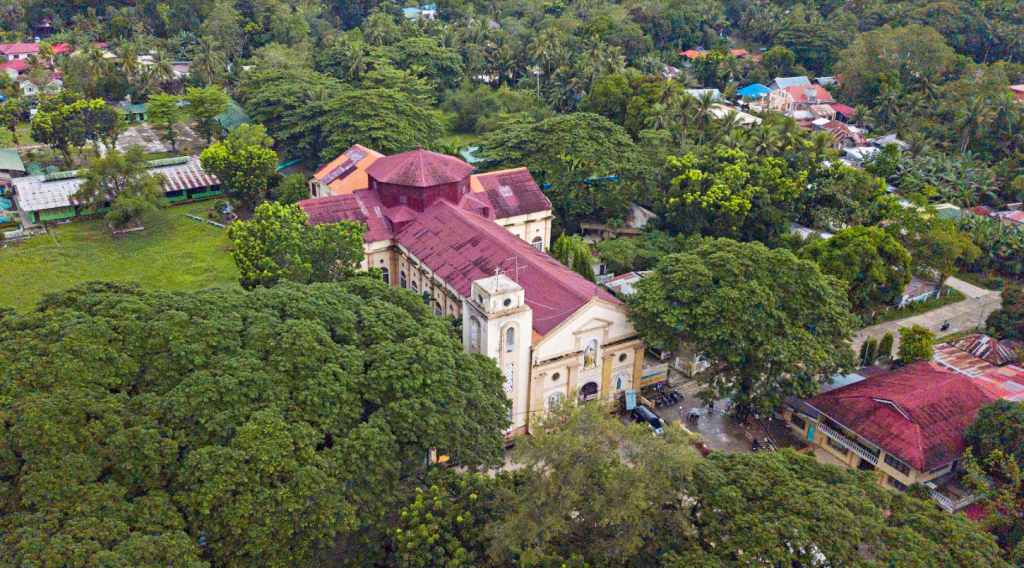
The pilgrimage is punctuated by a visit to the Sta. Ana Church, also known as a Jubilee Church, is located in Barili. This is Cebu’s sole parish dedicated to the Blessed Virgin Mary’s mother, and it was the first to be operated by secular priests.
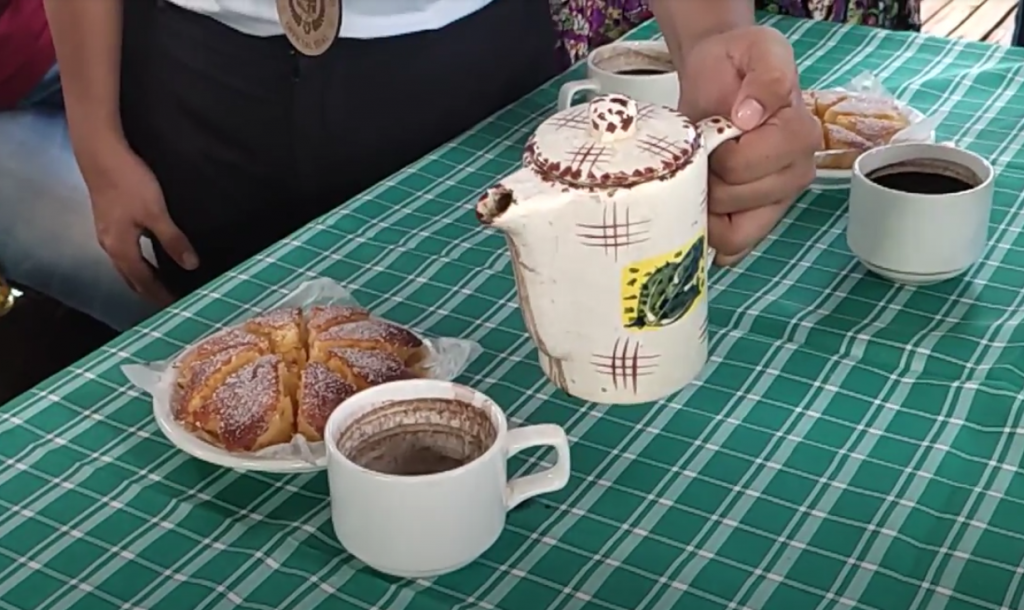
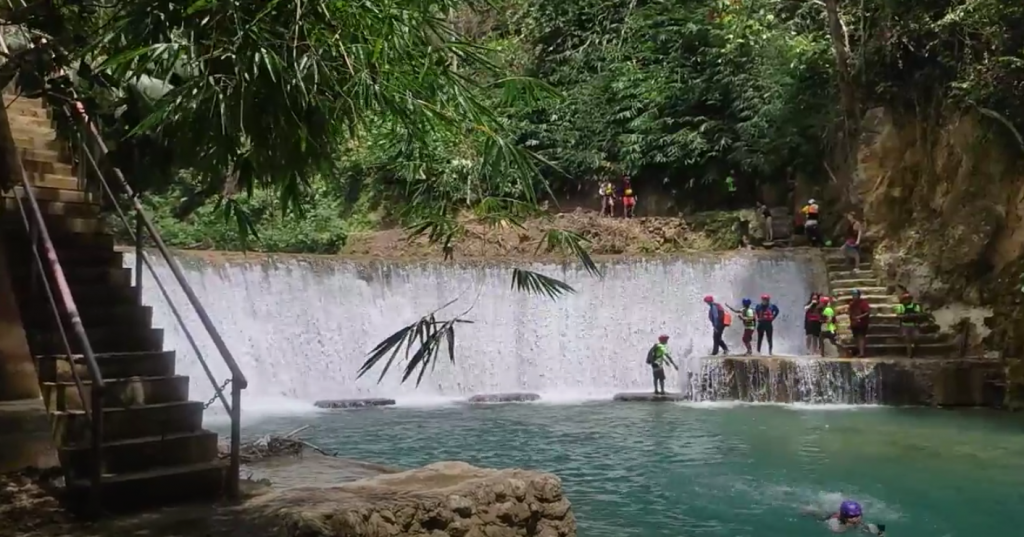
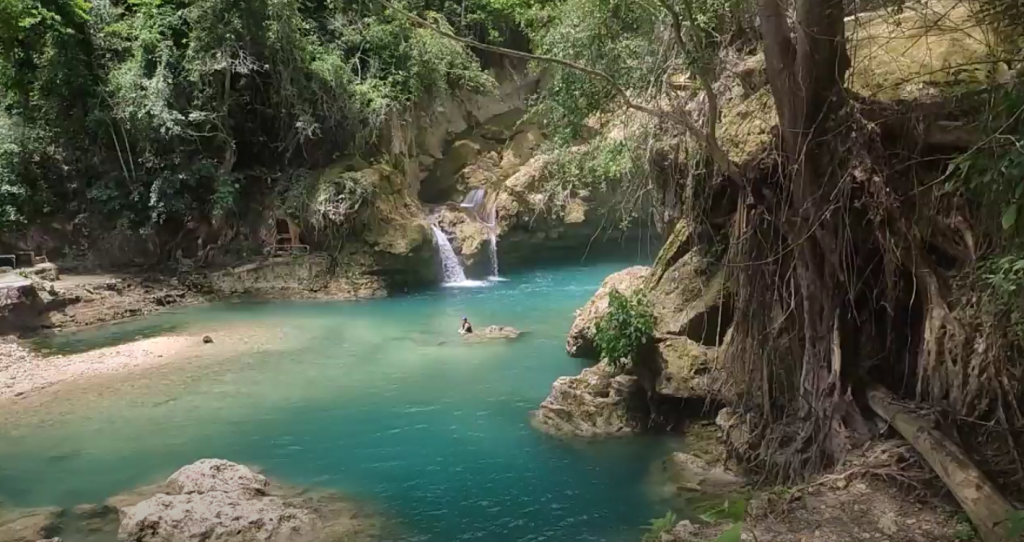
Pilgrims will enjoy the culture and savor the gastronomic delicacies of Cebu’s southern villages in addition to participating in guided faith-based activities. Stops to a torta maker’s business and canyoneering in Badian are included in the program.
The faith-based tourism program is supported by Philippine Airlines, the country’s flag carrier. PAL has 10 daily flights between Cebu and Manila, seven days a week, giving pilgrims a plethora of travel options. Pilgrims should book flights through www.philippineairlines.com for Super Savers and 3-in-1 offers, and contact DOT-accredited tour operators for pilgrimage excursions.

